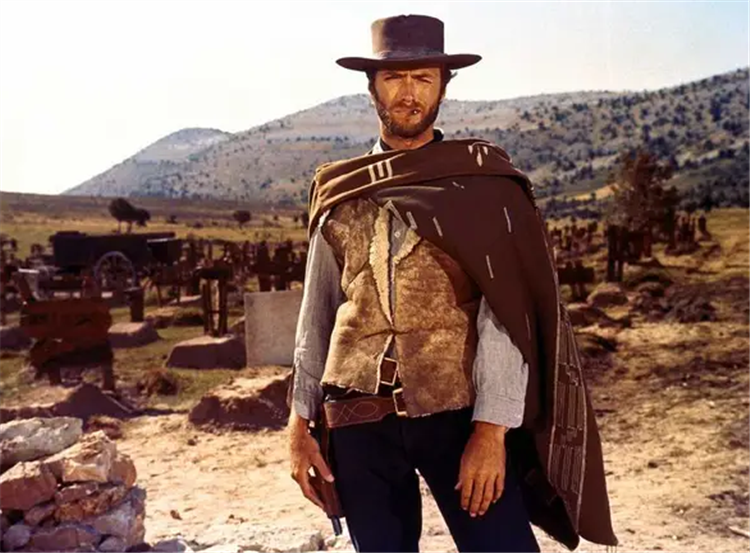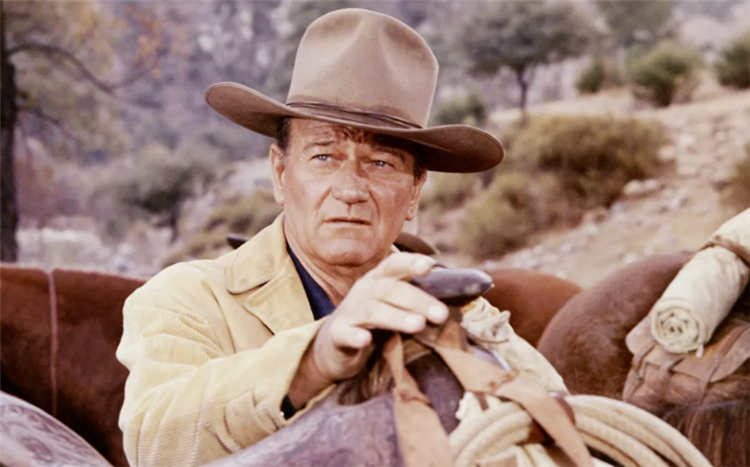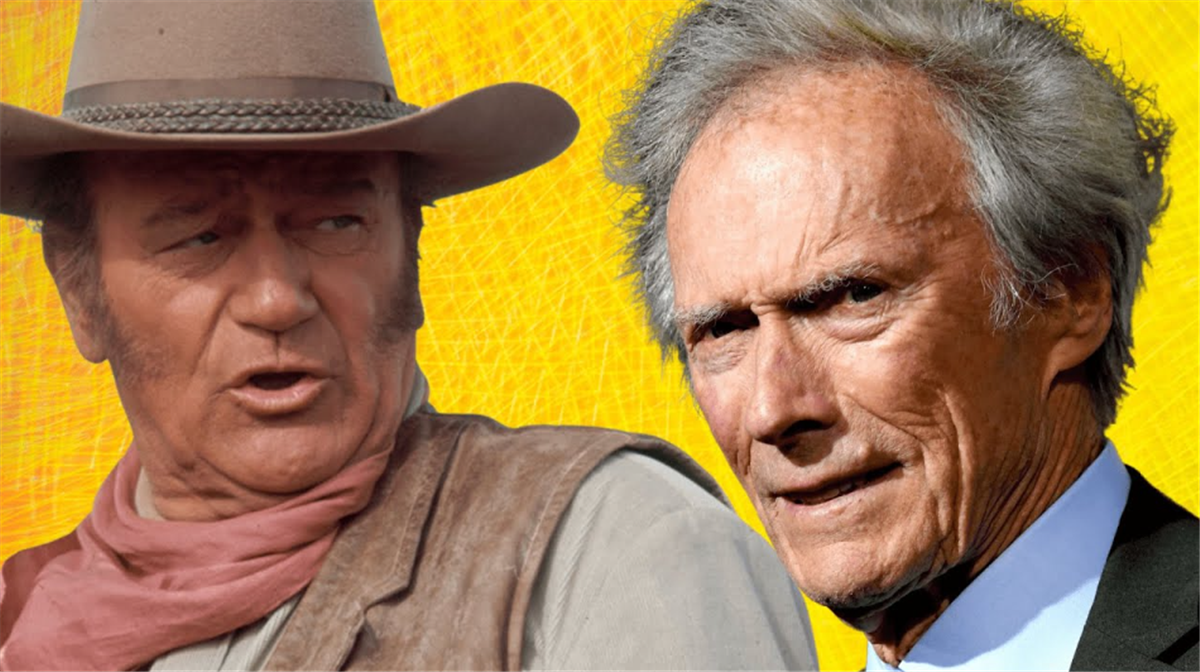Two Western icons walk into a saloon, one is John Wayne and the other Clint Eastwood … at least in our fantasies, since the two never did bless the masses with their idyllic jaw lines and enviously masculine dispositions side-by-side. And why not? Wasn’t Hollywood grasping at straw bales to get these legends in a quick draw together? Probably. But that oat opera never was because in the end, Wayne, aka The Duke, and Eastwood were perhaps just a little too big for their britches to be co-stars.
But these two beloved leading men shared a slew of similarities even if they decidedly never worked together. Both never planned to quit working — Wayne’s last picture, “The Shootist,” was in 1976, three years before his death, and Eastwood is still making films, notes Variety, at 91 years old. Both were conspicuously involved in politics: Eastwood was the mayor of Carmel, California, from 1986 to 1988, while Wayne was never shy about his endorsements for the GOP

And John Wayne Clint Eastwood has and remains timeless from the numerous classics that have graced the silver screen. With so much in common, its a little bittersweet that they never teamed up and shot a bunch of outlaws like the good people always wanted. By the time Clint Eastwood came on the scene with the TV series “Rawhide”in 1959, John Wayne was just digging his spurs into an already legendary career.
As Eastwood was sharpening his acting chops as Rowdy Yates for the next eight years, Wayne was making plenty of classics, including “The Alamo” and “The Man Who Shot Liberty Valance,” per History. Then in 1965 while Eastwood was on a break from “Rawhide,” he was offered to star in a Western with an up-and-coming Italian director in Spain. As Eastwood recalled on the Actor’s Studio, “Sergio Leone didn’t speak any English and I didn’t speak any Italian, so, I was kind of on my own,” when it came to the direction on “A Fistful of Dollars. “

It was the first Western of its kind. The dialogue was thin, the main character had no name and lacking the usual charm required from the protagonist. It was a box office hit, and not just in Italy. It was immediately made into a trilogy, with “The Good, the Bad and The Ugly” leaving a lasting imprint in the world of Westerns thereafter, per Britannica.
Despite its success, Wayne was evidently uninterested in working with Leone, although he didn’t come right out and say it. Wayne just didn’t ever consider having Leone direct any of his pictures, even as they sifted through a number of directors for “Rooster Cogburn” before landing on Stuart Millar, who was unquestionably inexperienced and not well liked by Wayne, per “John Wayne : The Life and Legend.”
